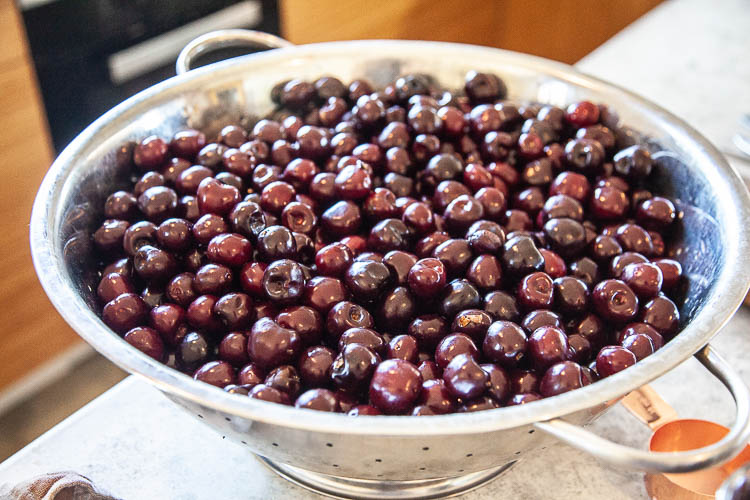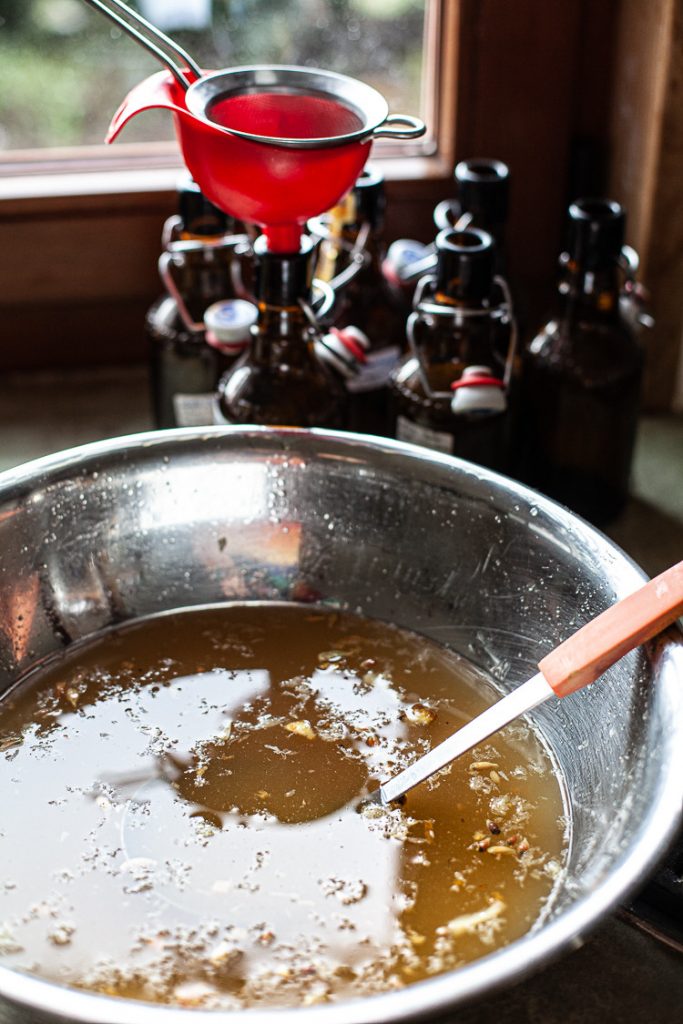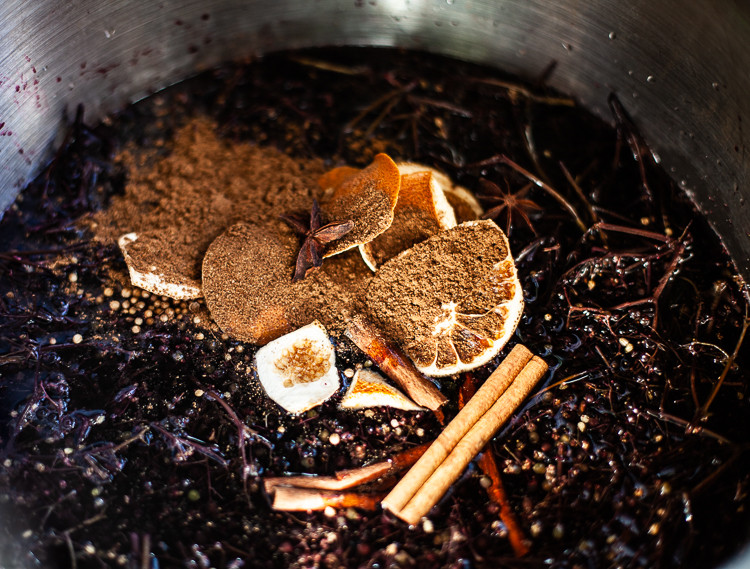We have two classes scheduled for this month on Principles of Preserving. Due to Covid a number of cancellations have occurred hence this post is to let you know that spots have become available. See the workshop tab for details and tickets. Hooray!

Once upon a time most home makers knew how to preserve food. They had to know because supermarkets simply did not exist. If you could not preserve your own harvest or that of your neighbour then you simply did not get to eat a very good diet.
Many of the preserving skills taught today resemble those that were taught many years ago, however some changes have also occurred to make food preserving safer and to ensure zero spoilage.

The rules for preserving food are simple but there are quite a lot of rules to learn.
Confusion can occur when one friend preserves one way and you another. It can appear as thought the rules are not the same for everyone and yet they are in fact the same.

For example I live at 600metres above sea level and because of where I live, I need to hot water process my jams for 10mins while friends who live closer to sea level, 300metres or below, they need to only hot water bath their jam for 5 minutes. At first this difference can cause confusion as it gives the impression that we are following different rules for the same recipe but it’s not the rules that are different but how they apply to us that differ.

Confusion can also occur as to why the Fowlers Vacola method process their food at temperatures lower than 100Celcius while other preserving recipes use boiling water to process food. Again this can create uncertainty. At what temperature should I process my recipe? Temperature and time have an inverse relationship when it comes to food preserving. The higher the temperature the shorter the time you need to process and the lower the temperature the longer the amount of time spent killing bacteria and fungi. Hence both lower and higher temperatures can achieve the same results if the time given to preserving the recipe is adjusted.
There is so much to discuss in a preserving class. A range of activities are given to help us understand the role of sugar, salt, and acid in food. We look at sugar syrups and how to determine setting points. We discuss elevation, high acid and low acid foods, Raw and Hot pack methods and how pectin levels differ in various fruits.
It is an exciting body of knowledge and the skills gained can be gifted to the next generation.

0 Comments